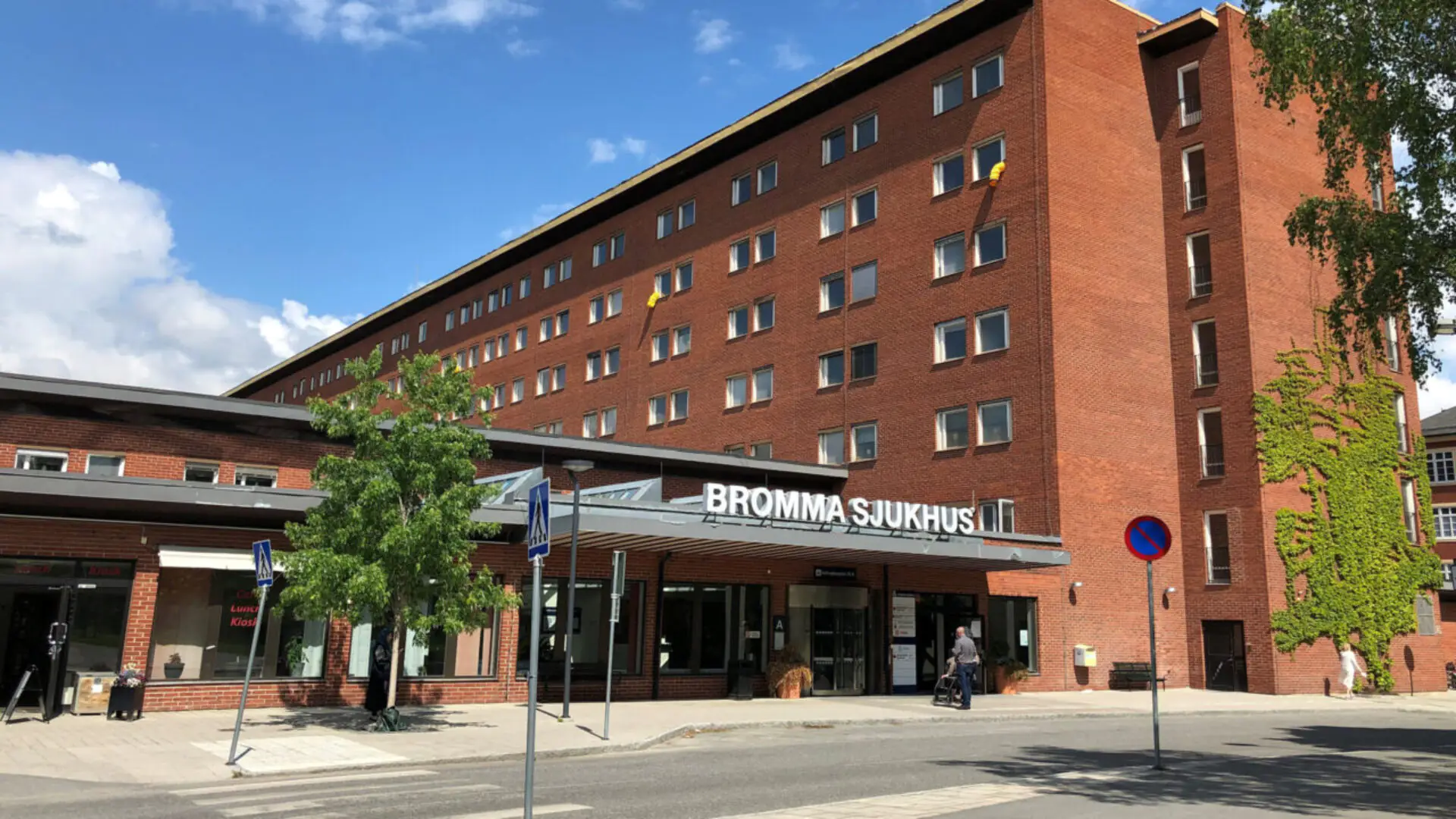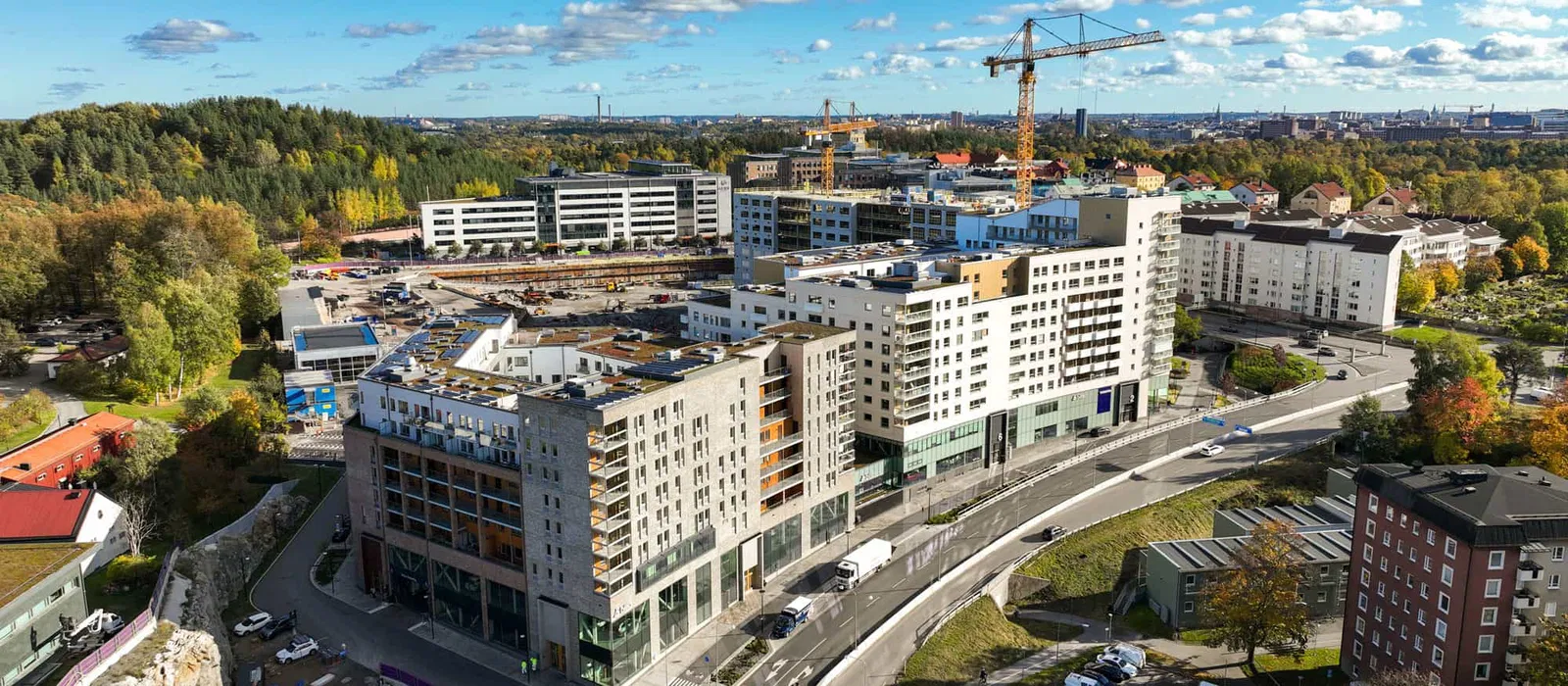Case Study
Slussen Project
Client
City of Stockholm
Purpose
Renovation of Slussen
Duration
2016 - Ongoing
Slussen SN9 is a major infrastructure project in Stockholm divided into three main areas: rock, land and water. The project has been running for two years and has had a strong link to construction logistics and safety. One of the main actors in the project is Mälardalens byggservice, which is responsible for a range of tasks. It has mainly worked on logistics and security, including managing deliveries and monitoring transportation flows. Initially, the role started with staffing traffic wardens but has gradually evolved to include more logistics and construction-related tasks .
Challenges Faced
Major challenges included unstructured delivery management, strict safety demands near public spaces, and communication gaps between on-site teams and remote managers, all of which disrupted coordination and created inefficiencies early on.
Structure and logistics management
One of the biggest challenges faced by the project was the lack of a structured plan for managing deliveries. Deliveries were dropped off in the wrong places and without sufficient planning, leading to chaos on the construction site
Security and safety
The project, located in a complex environment close to traffic and public places, had high safety requirements. There was a constant need to ensure that trucks and other transportation met strict environmental and safety requirements
Communication problems
There were often problems in communication between clients and suppliers, especially as many project managers worked remotely without full insight into the practical work on site
Solution
Temporary bridges, rerouted roads, and smart scheduling ensured minimal disruption. Advanced engineering techniques like jet grouting stabilized foundations and allowed modern installations to coexist with historical structures.
Projsite implementation
To solve logistical problems, Projsite, a delivery planning tool, was implemented to create a better structure for managing transportation and deliveries. This meant that deliveries could be planned and tracked, and suppliers held accountable for any delays or errors.
Flexibility in system use
A key to its success was the adaptability of the Projsite system to the needs of the project. The system was adjusted to suit the project’s unique logistical requirements, which meant it could be fully utilized
Improved communication
By starting to participate in daily morning meetings and taking more responsibility in the flow from delivery to execution, they managed to create better structure and control over the flow of information
Training and support
Regular training and tutorials were held to integrate users into the Projsite system and resolve any issues that arose
Outcome
Improved water regulation and transportation capacity
Increased safety
Thanks to the stricter control of deliveries and the monitoring of transport logistics, the safety of both workers and the public in the vicinity of the construction site was improved
Better structure and flow
By introducing a clear division between daily and major deliveries, the project was able to create a better logistical flow, reducing the risk of delays and conflicts between different actors on site
More efficient work processes
Taking over more of the logistics management and introducing information sharing procedures improved efficiency and quality of work on the construction site
Successful technology integration
Projsite became a central part of the project’s logistics management, allowing deliveries and transportation to be handled in a smooth and controlled manner
Lesson Learned
The project provided several important insights, particularly on how to maintain structure and commitment in monotonous tasks. A key lesson was how flexible system use and close communication between all parties can improve both safety and efficiency in large infrastructure projects .
See Other Case Studies

ZENGUN
Bromma Hospital
The project is an extensive renovation of Bromma Hospital in Stockholm, carried out by the company Zengun on behalf of the property owner Vectura. Our role in the project is to manage the construction logistics and ensure that materials and resources are used efficiently. The project started in September and will end in November, which was an extension from the original schedule due to various challenges.

ZENGUN
Haga Norra
Haga Norra is a transformative development project creating a new urban district with housing, offices, retail, and green areas, with an emphasis on sustainability and smart urban planning.

 Whatsapp
Whatsapp